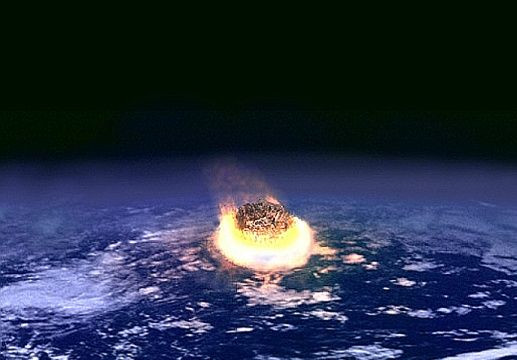Single Microbe May Have Triggered World's Largest Mass Extinction

About 251 million years ago, 90 percent of the Earth's species became extinct. The mass extinction, called the "Great Dying" or the more scientific-sounding Permian-Triassic extinction event, made 96 percent of marine animals and 70 percent of land-dwelling animals extinct in just a few thousand years, and it took the earth as much as 10 million years to regain the biodiversity that it had lost. Researchers believe that they may finally know why the event occurred, but the theory is not without controversy.
There are several theories, including the possibility of a meterorite hitting the planet. Previously, most researchers believed that the Permian mass extinction was a result of a series of volcanic eruptions in what is now Siberia. These eruptions would have caused a dramatic rise in the amount of greenhouse gases which would have, in turn, killed off a bulk of species.
However, Daniel Rothman from the Massachusetts Institute of Technology is floating around a different theory. As he presented in a meeting for the American Geophysical Union, he believes that the mass extinction could have been caused by something much smaller. His theory is that the extinction was caused by a single strain of bacteria.
Rothman analyzed a sample of sediment from the end of the Permian era that he obtained in China. From his analysis, he found that the rise in carbon levels was way too sharp to be caused by a geologic event like volcanic eruptions. He argues that instead, a microbe was behind this sudden rise.
Called methanosarcina, this sea-dwelling microbe is responsible for most of the methane produced biologically even today. Rothman and his team discovered that methanosarcina developed the ability to produce methane 231 million years ago. While that ability came around too late to be single-handedly responsible for the link.
However, mathanosarcina requires nickel in order to produce methane quickly. Nickel levels spiked almost 251 million years ago, likely because of a spike in Siberian lava from the volcanoes themselves. This indicates that methanosarcina was directly responsible for producing the methane that killed off an overwhelming majority of the Earth's species.
However, many are still skeptical. Anthony Cohen, from the United Kingdom's Open University, who was not affiliated with the study, said that the theory requires a lot of assumptions to be made. He also questioned how the lava would have gotten into the entire world's oceans.
Published by Medicaldaily.com



























